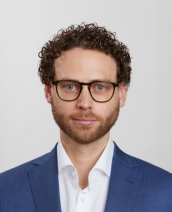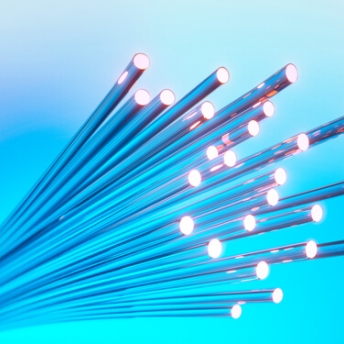Gabriel Mohr
Partner
Gabriel focuses on value creation, growth strategies, business transformation and transaction support in the TIME sector.

Areas of Focus
Education

Gabriel is a key pillar of Arthur D. Little’s global Telecom, Information Technology, Media & Electronics practice and based in the Vienna office. He is a globally acknowledged expert with an entrepreneurial mindset and highest level of dedication, leading to outstanding performance. Gabriel has built strong subject-matter expertise within digital infrastructure, technology innovation and media, with deep experience in the business transformation, value creation and transaction space.
Since joining Arthur D. Little in 2014, Gabriel has continuously demonstrated his drive and led multiple of ADL’s landmark projects in the TIME sector. Gabriel has not only become an instrumental part of the TIME practice but also holds multiple roles and responsibilities within the office. He is regularly in the media, demonstrating his thought leadership and is a sought-after conference participant as a panelist, keynote speaker, award judge and mentor.

Fiber 1 + 1 = 3: An equation for effective post-merger integration

A roadmap for the present & future of publishers & media companies

The metaverse: What’s in it for telcos?

The evolution of data growth in Europe

State of the media market, 2023

The big experiment

State of the media market, 2022

On the threshold of a revolution – New opportunities for telcos in the converging media and telco ecosystem

Time to accelerate growth

Leveraging social media to enhance telecom customer experience

Broadcasters’ 5G evolvement within a hybrid environment

Gabriel is a key pillar of Arthur D. Little’s global Telecom, Information Technology, Media & Electronics practice and based in the Vienna office. He is a globally acknowledged expert with an entrepreneurial mindset and highest level of dedication, leading to outstanding performance. Gabriel has built strong subject-matter expertise within digital infrastructure, technology innovation and media, with deep experience in the business transformation, value creation and transaction space.
Since joining Arthur D. Little in 2014, Gabriel has continuously demonstrated his drive and led multiple of ADL’s landmark projects in the TIME sector. Gabriel has not only become an instrumental part of the TIME practice but also holds multiple roles and responsibilities within the office. He is regularly in the media, demonstrating his thought leadership and is a sought-after conference participant as a panelist, keynote speaker, award judge and mentor.

Fiber 1 + 1 = 3: An equation for effective post-merger integration

A roadmap for the present & future of publishers & media companies

The metaverse: What’s in it for telcos?

The evolution of data growth in Europe

State of the media market, 2023

The big experiment

State of the media market, 2022

On the threshold of a revolution – New opportunities for telcos in the converging media and telco ecosystem

Time to accelerate growth

Leveraging social media to enhance telecom customer experience

Broadcasters’ 5G evolvement within a hybrid environment
More About Gabriel
- WU (Vienna) & Emory University/Goizueta Business School (Atlanta)BSc in International Management
- King's College LondonMSc in International Marketing
